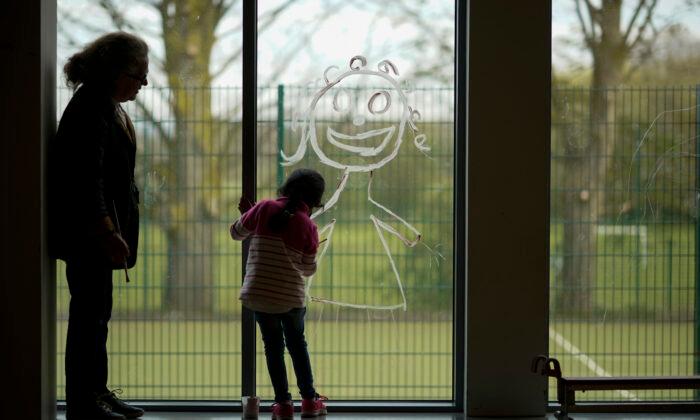Deaths from COVID-19 remain “extremely rare” in people under the age of 20, according to a study of follow-up data in the UK.
Between March 2020 and December 2021, while there were 185 deaths in England among children and young people (CYP) within 100 days of a lab-confirmed COVID-19 infection, fewer than half died directly because of the virus, the study found.
20 Healthy CYP Died From COVID-19
Excluding two stillbirth/intrauterine deaths, 81 (43 percent) deaths were attributed to COVID-19.It accounts for 1.2 percent of all-cause CYP deaths, with a COVID-19 infection fatality rate of 7 per million (using estimated infections number) and an overall mortality rate of 6 per million (estimated CYP population).
Of the 81 deaths from COVID-19, one in four (20) were otherwise healthy, while 61 had “significant underlying health conditions,” including neuro-disability, immunocompromising conditions, Down syndrome, Edward syndrome, chronic heart disease, and four premature birth, meaning the COVID-19 mortality rate for otherwise healthy CYP was 1.5 per million.
COVID-19 deaths were also clustered among older teens and infants, with more than half (47) occurring among those aged between 16 and 19, and 22 under a year old.
Eight children from the 1- to 4-year-old group died from COVID-19, along with 12 children aged between 5 and 11, and 15 children aged between 12 and 15.
More than half (45) of the COVID-19 deaths occurred when the Delta variant of the novel coronavirus was dominant, while 21 died during the wild-type-dominant period, and 15 died during the Alpha wave.
But the Delta variant was the least deadly in terms of infection mortality rate (6 per million) compared to Alpha (8 per million), and the wild-type (10 per million) as it was more infectious than the previous variants.
Vaccination Status
Young adults and children over 12 years old were offered COVID-19 vaccines in staggered groups since June 2021. Under-12s weren’t offered vaccination during the studied period.Less than a third (59) of CYP who died within 100 days of a lab-confirmed COVID-19 infection were eligible to receive COVID-19 vaccination.
Among COVID-19 deaths, 22 were eligible and two were vaccinated, one with one dose and the other with two doses.
Among non-COVID-19 deaths, 37 were eligible for COVID-19 vaccination, 10 received one dose and six had two doses.
Maternal vaccination status for infant deaths wasn’t included in the study. In an email to The Epoch Times, Ladhani said maternal vaccination wasn’t a focus of the study as it’s “very difficult to derive any robust conclusions from the small numbers of infants” included in the paper.





